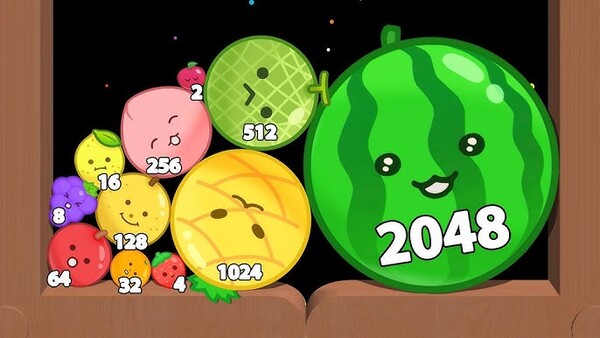Popular Now
Fortnite is not just a battle royale—it’s a cultural phenomenon. Beyond the building mechanics, vibrant maps, and frantic combat, there lies a parallel economy: the world of skins. These character outfits have become more than cosmetic choices—they’re expressions of identity, exclusivity, and economic influence. In this article, we’ll take a deep, chronological journey into Fortnite’s skin system: how it began, how it evolved, how it affects player behavior and community culture, and what its future might look like.
The Birth of Skins: From Basic to Bold
Fortnite’s earliest skins were simple and non-intrusive. During the launch phase in 2017, most players used default skins, with limited options available.
The introduction of purchasable skins in the Item Shop marked the first shift. Suddenly, character appearance had meaning—whether as a status symbol, a psychological tactic, or a way to stand out in the chaos of battle.
Notable Early Skins:
-
Renegade Raider (Season 1)
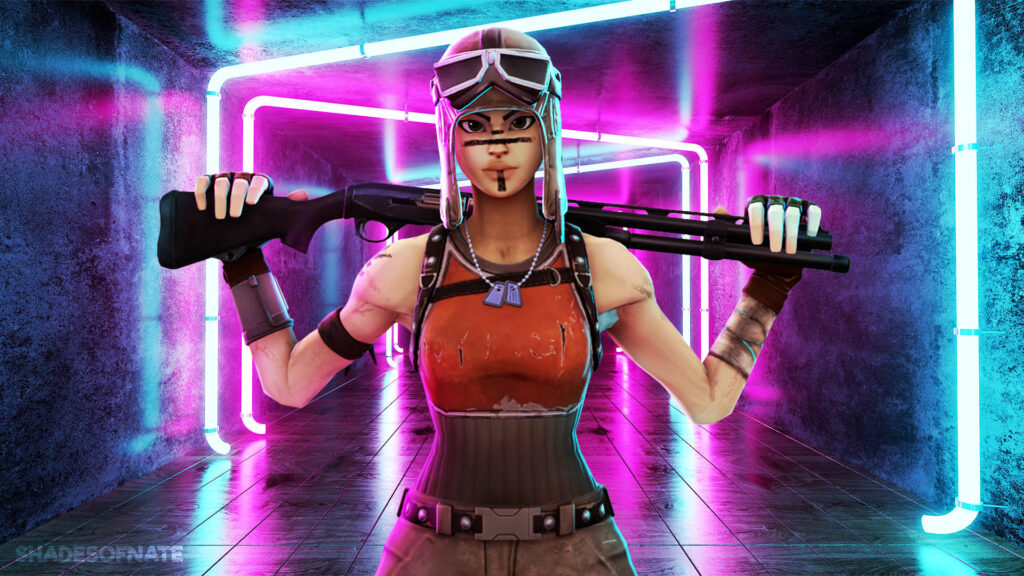
-
Skull Trooper (Season 1)
-
Black Knight (Season 2 Battle Pass Tier 70)
These skins are now revered by the community, both for their rarity and nostalgic value.
The Introduction of the Battle Pass System
Season 2 introduced the Battle Pass—a game-changing monetization model. Players could now unlock skins and cosmetics through progression, rewarding consistent play over impulsive purchases.
Key Elements Introduced:
-
Tier-based unlock system
-
Daily and weekly challenges
-
Free and premium tracks
The Battle Pass gave birth to legendary skins like Dark Voyager and Omega, each with unlockable styles that encouraged continued engagement.
Event-Based Skins: Halloween, Christmas, and More
Fortnite capitalized on real-world holidays with themed skins, kicking off with the Fortnitemares and Winterfest events. These limited-time offerings turned skins into seasonal collectibles.
Halloween Favorites:
-
Ghoul Trooper
-
Hollowhead
-
Party Trooper
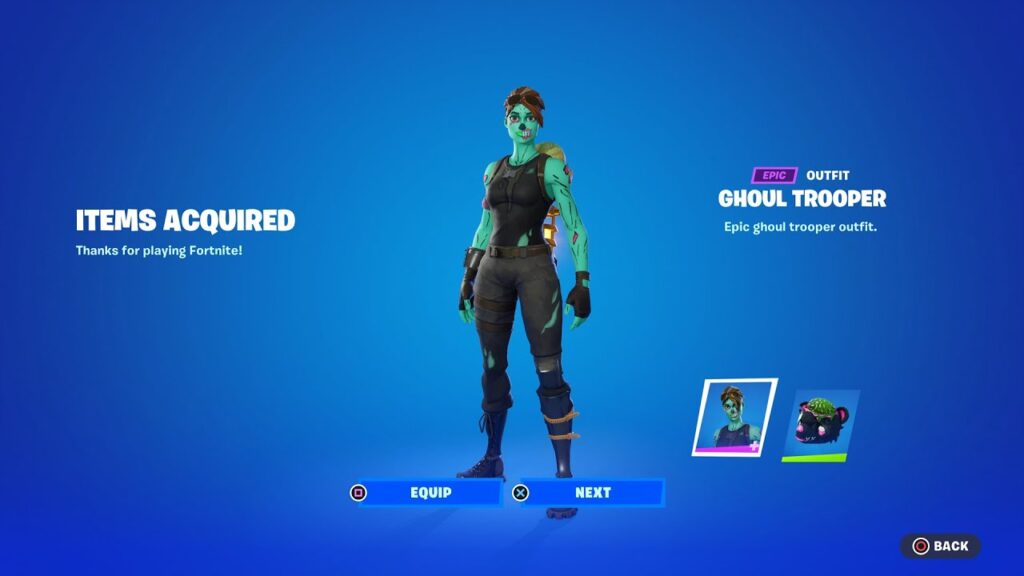
Winter Classics:
-
Crackshot
-
Frozen Raven
-
Slushy Soldier
These skins increased the urgency of purchase due to time-limited availability, creating a fear of missing out (FOMO) that still drives sales.
Collaborative Skins: Enter the Multiverse
A defining moment in Fortnite skin history was the introduction of licensed collaborations. Fortnite became a canvas for pop culture crossovers.
Major Collaborations by Theme:
-
Marvel Universe: Iron Man, Thanos, Spider-Man
-
DC Universe: Batman, Harley Quinn, The Flash
-
Movies & TV: John Wick, Stranger Things, The Mandalorian
-
Music & Artists: Travis Scott, Ariana Grande
These collaborations expanded Fortnite’s reach, drawing in fans from outside the gaming world and setting a new standard for live-service games.
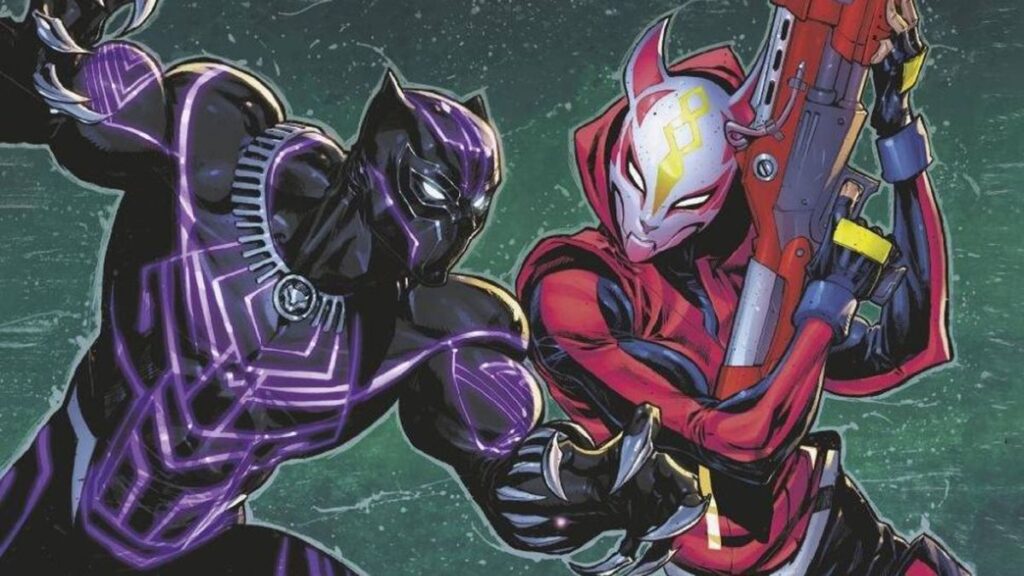
Reactive and Transforming Skins
Starting around Chapter 2, Epic Games introduced reactive skins—cosmetics that change based on in-game actions, such as eliminations or storm phases.
Popular Reactive Skins:
-
Deadfire: Changes form based on kills and damage
-
Mystique (Marvel): Transforms into eliminated opponents
-
Raz: Unlocks new styles through in-game lore progression
These skins blur the line between function and fashion, creating deeper gameplay integration and personalization.
Customizable Skins and Player Identity
A leap forward was the arrival of customizable skins, which allow players to mix and match components like hairstyles, clothing, and colors.

Examples:
-
Maya (Chapter 2, Season 2): Fully customizable through quests
-
Kymera (Chapter 2, Season 7): Alien with unlockable parts
-
Snap (Chapter 3, Season 3): Modular action figure with mix-and-match limbs
These skins gave players unprecedented creative control, enhancing emotional investment and providing almost infinite combinations.
The Role of Skin Rarity and Vaulted Items
Skin rarity—ranging from Common (Grey) to Legendary (Gold)—has created a collector's economy within the game.
Some skins have been “vaulted,” meaning they’ve been removed from circulation for months or years. This has created a secondary market of speculation and demand.
Rare Vaulted Skins:
-
Aerial Assault Trooper
-
Reflex (original version)
-
Travis Scott
Many players keep a close watch on the Item Shop calendar hoping for rare returns.
Psychological and Competitive Impact of Skins
Skins influence more than aesthetics—they impact player psychology and in-game behavior.
Key Psychological Effects:
-
Sweaty Skins: Tryhard players often use default or low-profile skins (e.g., Soccer Skins, Superhero Skins in black)
-
Intimidation Factor: Rare skins may intimidate less experienced players
-
Disguise: Some use “no skin” to appear as beginners and bait opponents
Even in competitive tournaments, skin choice can play a role in perception and outcome.
Community-Created Skins and Contests
Epic has encouraged community creativity through Fortnite Concept Royale, a contest where fans submit original skin concepts.
Winners are turned into real in-game skins, giving recognition and reward to the creative community.
Notable Community Creations:
-
Nalia and Frigid Forgoer: Winners of Concept Royale 2021
-
Leelah and Halley: “Kawaii Demons” selected in 2022
-
Crossroads collaborations with artists and influencers
This approach strengthens community bonds and fuels fresh content outside traditional pipelines.
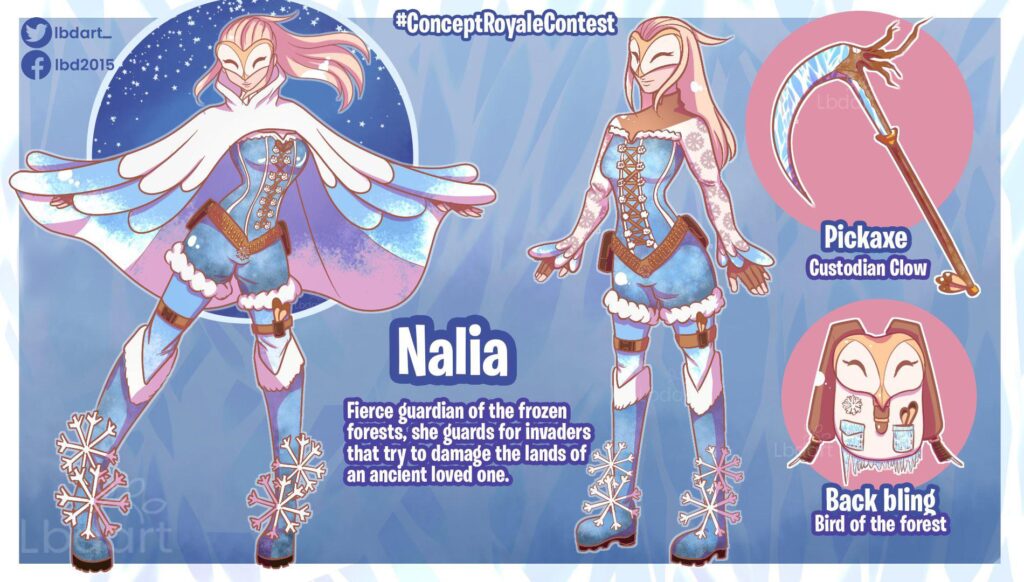
The Future of Skins in Fortnite: UEFN and Beyond
With the launch of Unreal Editor for Fortnite (UEFN), creators may soon have the ability to design and share their own skins, taking customization to an unprecedented level.
Predicted Trends:
-
Player-to-player trading (currently disabled)
-
Skins tied to UEFN game modes
-
NFT-like digital ownership models
-
More frequent collabs with non-gaming brands
Fortnite's skin economy is not slowing down—it’s evolving into a platform for fashion, fandom, and financial ecosystems.
Conclusion
From humble beginnings to becoming a canvas for global pop culture, Fortnite’s skin system is more than a cosmetic feature—it’s a dynamic reflection of community, creativity, and commerce. As the game grows and adapts, so too will the importance and impact of skins, solidifying their place as a core element of the Fortnite experience. Whether you’re rocking a rare OG look or customizing your identity through modular parts, the world of Fortnite skins is rich with history, influence, and personal expression.













